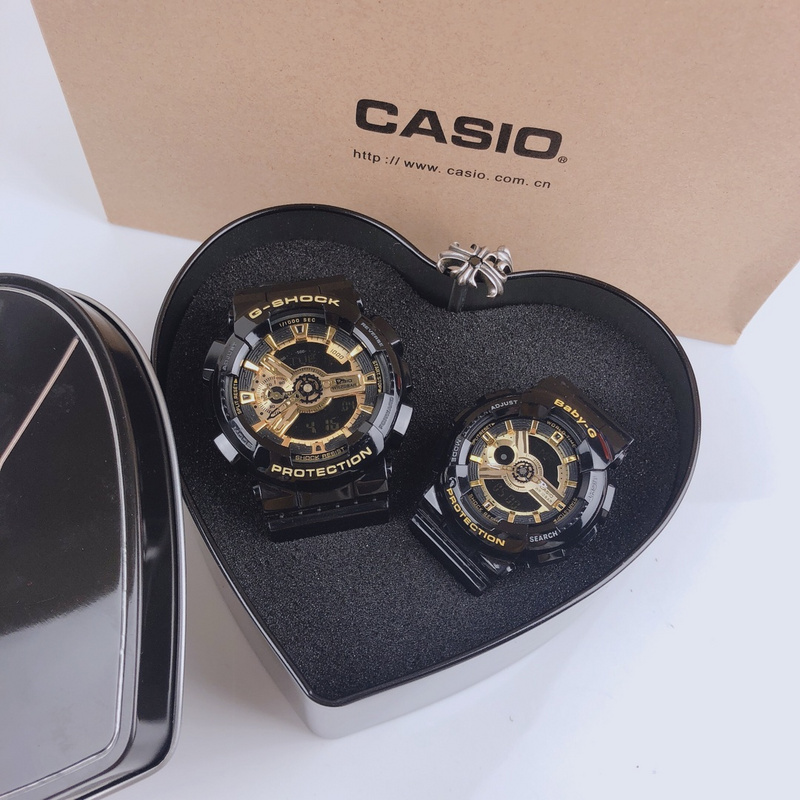The Evolution of Luxury Watches: Timeless Elegance and Innovation
Luxury watches have long been a symbol of status, craftsmanship, and timeless elegance. Over the years, the world of luxury timepieces has evolved, blending traditional artistry with modern innovation. This article explores the history, craftsmanship, and technological advancements that define luxury watches today.
A Brief History of Luxury Watches
The history of luxury watches dates back to the 16th century when the first portable timepieces were created. These early watches were often ornate and handcrafted, showcasing the skill of master watchmakers. As time progressed, the art of watchmaking evolved, with significant milestones including the invention of the balance spring in the 17th century and the development of the tourbillon in the 18th century.
 yupoo-china Wholesale Supplier Branded Luxury watches, join us on whatsapp | Yupoo
yupoo-china Wholesale Supplier Branded Luxury watches, join us on whatsapp | YupooCraftsmanship: The Heart of Luxury Watches
At the core of every luxury watch is exceptional craftsmanship. Master watchmakers dedicate countless hours to perfecting each timepiece, ensuring precision and beauty. Some key elements of craftsmanship in luxury watches include:
Hand-Finishing: Many luxury watches feature hand-finished components, such as polished cases, beveled edges, and intricate engravings. This attention to detail sets luxury watches apart from mass-produced timepieces.
Complications: Complications are additional features in a watch beyond basic timekeeping. Examples include chronographs, moon phases, and perpetual calendars. Creating these complications requires immense skill and expertise.
Materials: Luxury watches are often made from high-quality materials, such as gold, platinum, and stainless steel. Precious gemstones, like diamonds and sapphires, are also used to enhance the watch’s aesthetic appeal.
Movement: The movement, or the mechanism that powers the watch, is a critical aspect of luxury timepieces. Mechanical movements, including manual and automatic, are highly prized for their complexity and craftsmanship.
Innovation in Luxury Watches
While traditional craftsmanship remains a cornerstone of luxury watchmaking, innovation has also played a significant role in the evolution of these timepieces. Some notable advancements include:
Quartz Movement: Introduced in the 1960s, quartz movement revolutionized the watch industry by offering unparalleled accuracy and reliability. While mechanical movements remain popular, quartz watches provide a modern alternative.
Smartwatches: The advent of smartwatches has brought technology and connectivity to the world of luxury watches. Brands like TAG Heuer and Montblanc have embraced this trend, creating high-end smartwatches that combine traditional design with modern functionality.
Materials Science: Advances in materials science have led to the development of innovative materials, such as ceramic, carbon fiber, and titanium. These materials offer enhanced durability, lightweight properties, and unique aesthetics.
Sustainability: As environmental awareness grows, luxury watch brands are adopting sustainable practices. This includes using ethically sourced materials, reducing waste, and implementing eco-friendly production methods.
Iconic Luxury Watch Brands
Several brands have become synonymous with luxury watches, each with its own unique heritage and style. Some of the most iconic luxury watch brands include:
Rolex: Known for its precision and durability, Rolex has become a symbol of success and achievement. The brand’s iconic models, such as the Submariner and the Daytona, are highly sought after by collectors.
Patek Philippe: Renowned for its intricate complications and timeless designs, Patek Philippe is considered one of the finest watchmakers in the world. The brand’s watches are often passed down through generations as heirlooms.
Audemars Piguet: Audemars Piguet is celebrated for its innovative designs and exceptional craftsmanship. The Royal Oak, introduced in 1972, remains one of the brand’s most iconic models.
Omega: With a rich history of precision and innovation, Omega has been the official timekeeper of the Olympic Games and the choice of astronauts for space missions. The Speedmaster and Seamaster are among the brand’s most famous models.
Conclusion
The evolution of luxury watches is a testament to the enduring appeal of craftsmanship and innovation. From the intricate artistry of traditional watchmaking to the cutting-edge technology of modern timepieces, luxury watches continue to captivate enthusiasts and collectors alike. As the industry moves forward, the blend of timeless elegance and innovation will undoubtedly shape the future of luxury watches.